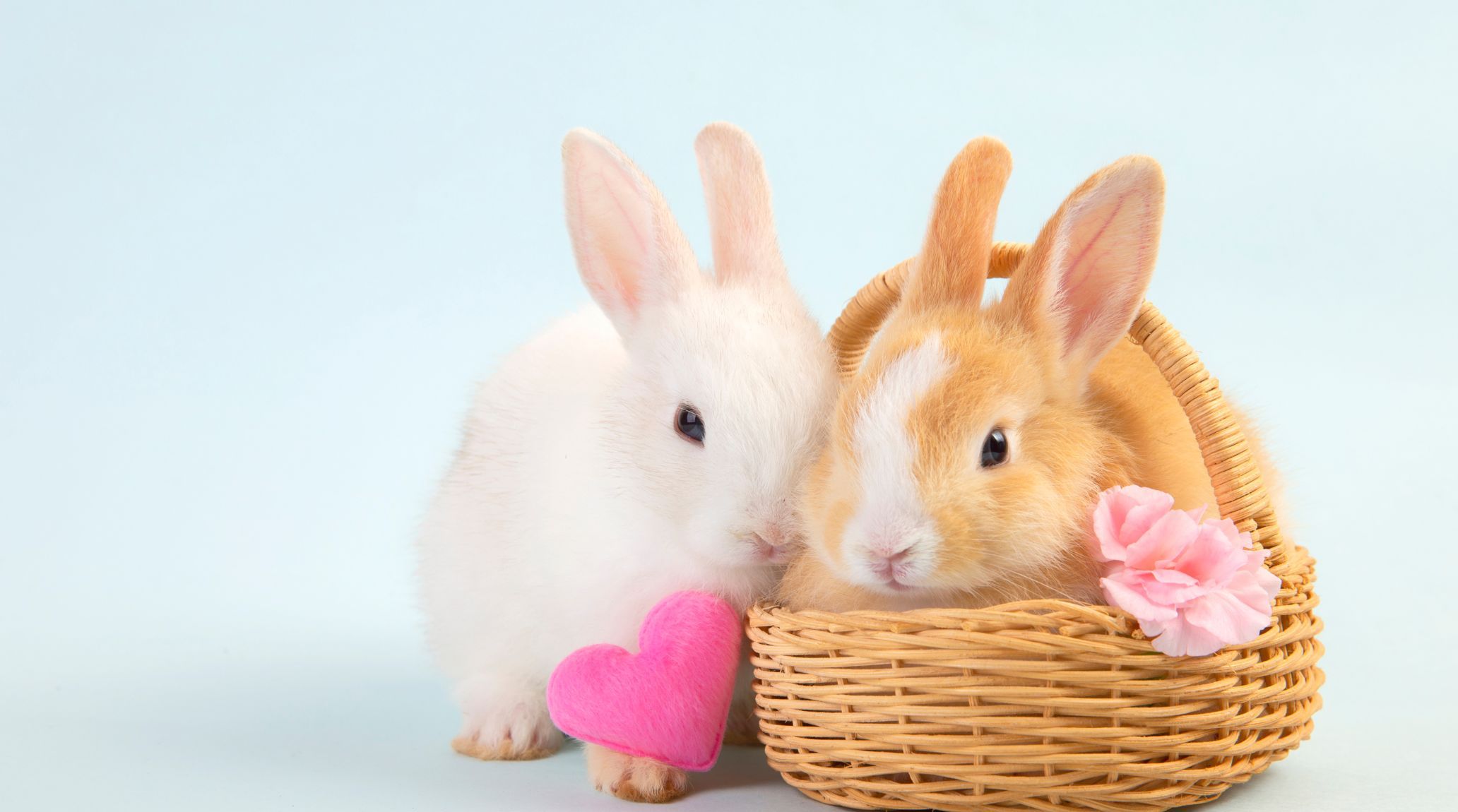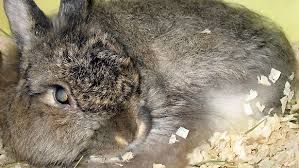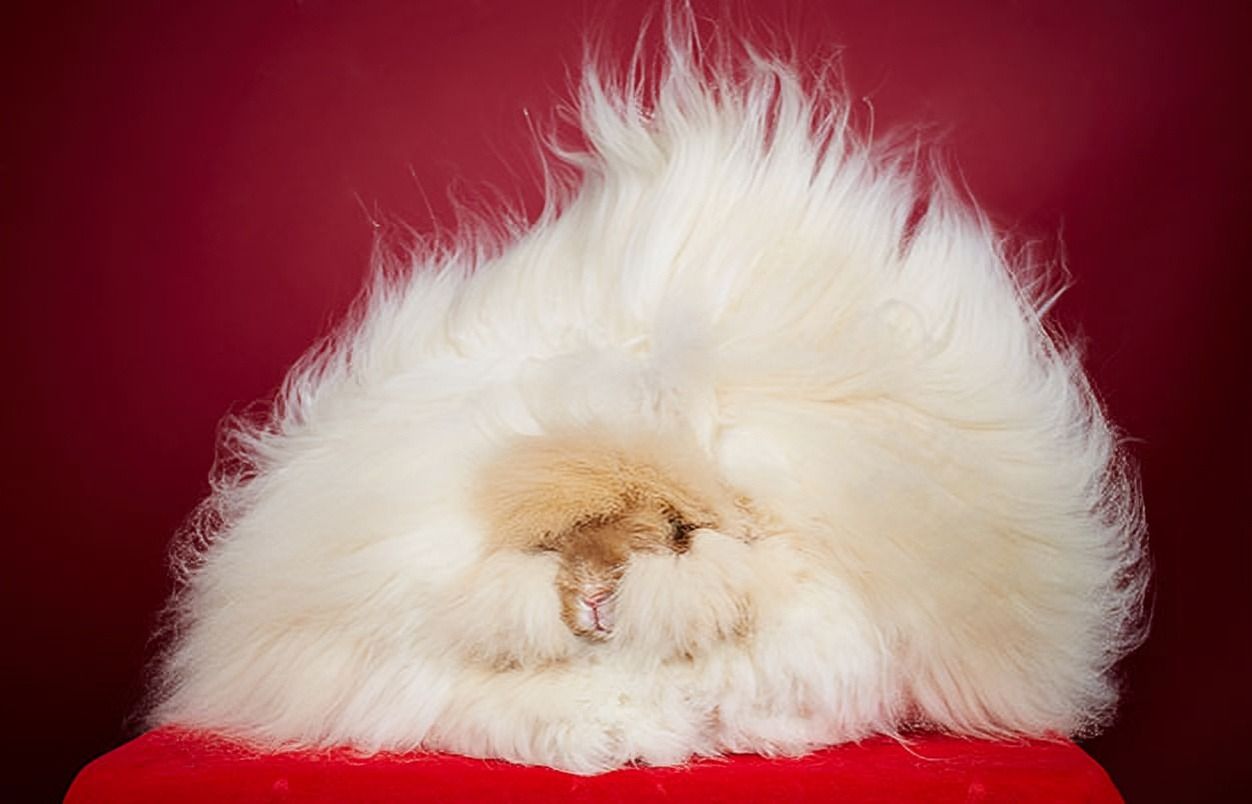
“
Rabbits, with their fluffy tails and twitching noses, have captured our imagination for centuries. Beyond their adorable appearance, these small mammals possess a wealth of fascinating traits and behaviors that make them truly remarkable creatures. Join us as we delve into 20 amazing rabbit facts that will unveil their secrets and shed light on their importance in both natural and human environments.1
1
”
Rabbits are born with their eyes closed. When their eyes open, they gain 360-degree vision, making it hard to sneak up on them. However, they do have a small blind spot directly in front of their face.1
Some ferries ban rabbits due to health and safety regulations. These restrictions aim to prevent potential issues such as allergies or disruptions caused by pets. Today, Brittany Ferries prohibits rabbits to prevent stress during travel.2
The gestation period for rabbits lasts about 28 to 31 days. During this time, the pregnant female prepares a secluded nest for the birth of the kids. This nest ensures their safety and warmth.3
Rabbits practice coprophagy, eating their feces to re-digest nutrients. This behavior is crucial for maximizing nutrient absorption from their plant-based diet. It allows them to get the most from their food.4
Rabbits have varying lifespans depending on whether they are wild or domesticated. Wild rabbits typically live for about 1 to 2 years due to environmental risks. Domestic rabbits, with proper care, can live 8 to 12 years or more.5
Female rabbits can conceive immediately after giving birth, leading to rapid population growth. This reproductive strategy ensures their survival as a species. It helps them thrive in favorable conditions.6
Rabbits are natural recyclers. Their digestive systems efficiently process food, turning waste into nutrient-rich manure that enriches the soil. This natural recycling helps maintain healthy ecosystems by contributing to soil fertility and plant growth.7

Darius, a Flemish giant rabbit owned by Annette Edwards (UK), holds the record for the longest rabbit. It was 4 feet 3 inches (129 cm) long; Darius's size was confirmed in a Daily Mail article on April 6, 2010.
Rabbits' teeth continuously grow throughout their lives. To prevent overgrowth, they need to chew on fibrous materials like hay and wood. This natural behavior helps keep their teeth trimmed and healthy, preventing dental issues.8

Muesli-style rabbit foods often lead to poor eating habits, as rabbits tend to pick out their favorite bits and leave essential nutrients behind. Additionally, these foods don’t encourage the necessary chewing action to keep their teeth healthy.
Rabbits cannot vomit due to their unique digestive system.Their stomachs can not reverse the flow of food, so they must rely on a high-fiber diet to prevent gastrointestinal issues and maintain digestive health.9
Rabbits require a constant supply of water, drinking as much as a 10-pound dog daily. A water bowl is preferred over a bottle for ease of use and cleaning. Change their water daily and clean the bowl regularly to ensure hydration.10
Rabbits are susceptible to diseases like myxomatosis and rabbit hemorrhagic disease. These diseases can have devastating effects on both wild and domestic populations. Vaccination and proper hygiene are essential for their health.11
Rabbits are obligate nasal breathers, relying solely on their noses for breathing. This adaptation helps them detect predators and navigate through dense vegetation. Their sense of smell is crucial for their survival.12
Rabbits shed and regrow their fur periodically, adapting to seasonal temperature and light changes. This molt ensures their fur remains in optimal condition for insulation and camouflage. It is a natural part of their life cycle.13

The oldest rabbit ever was Flopsy, a wild rabbit captured on August 6, 1964. Flopsy lived for 18 years and 10.75 months before passing away at L.B. Walker's home in Longford, Tasmania, Australia.
Rabbits have been cherished as pets by royalty and nobility throughout history. From ancient Egypt to medieval Europe, their gentle demeanor made them popular companions. They have a long history of domestication.14
Rabbits' large ears offer several benefits. Their exceptional hearing, aided by the unique shape and 180-degree rotation capability of their ears, allows them to locate sounds precisely. 15

Franchesca, an Angora rabbit owned by Betty Chu in Morgan Hill, California, holds the record for the longest fur, measuring 36.5 cm (14.37 in). This record was set on August 17, 2014.
Female rabbits exhibit strong maternal instincts, caring for their newborn kits with great dedication. They build nests, nurse their young, and protect them from threats to ensure the survival of the next generation.16


